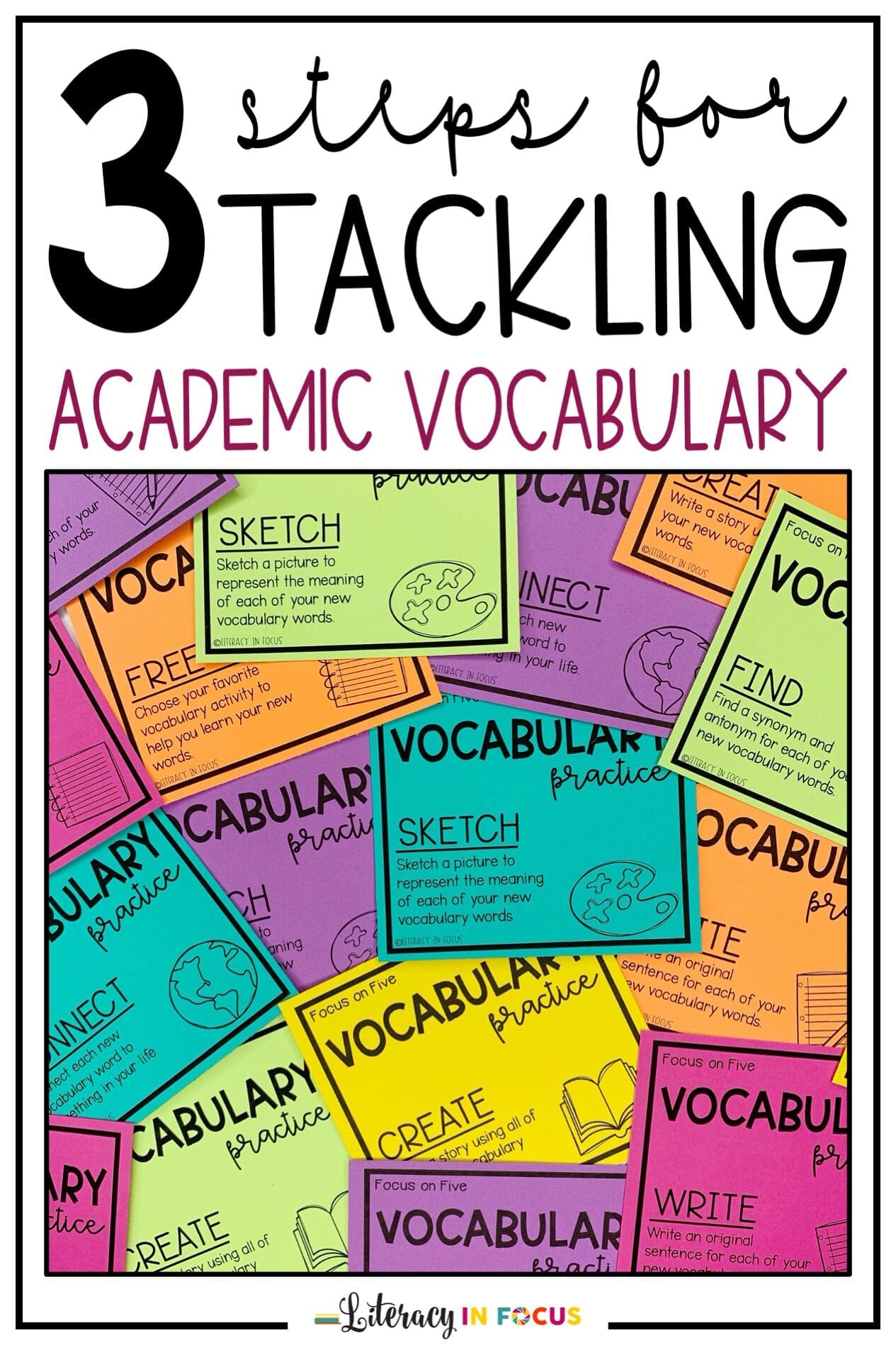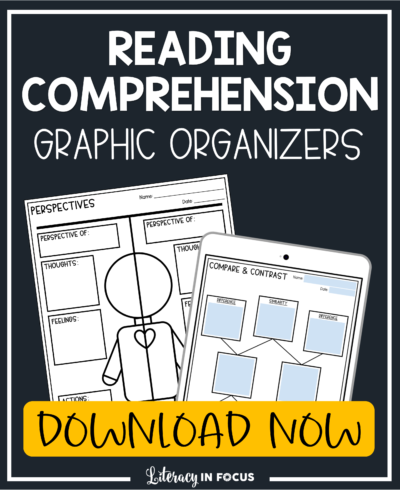3 Easy Steps for Tackling Academic Vocabulary
You did it! You’ve found the perfect piece of informational text to accompany your lesson, but it’s filled with words that might give your students trouble. You can’t help but predict a future filled with frustration as your students struggle to take away any type of meaning from the oh-so-perfect text you spent hours scouring the internet trying to find. A structured format for learning new words in context is exactly what you, or more importantly, your students need to increase comprehension. The basic three-step process outlined below will not only scaffold learning for your students, it will help you preserve your sanity and allow you to supplement your lesson or unit with complex text.

Identify
While not necessarily used as a bookmark in the traditional sense, the size and shape of the note-taking device lends itself well to being called a bookmark. The first step in tackling academic vocabulary is identification. According to an article from Read Naturally, when an unfamiliar word is likely to affect comprehension, the most effective time to introduce the word’s meaning may be at the moment the word is met in the text. Identifying the words in context, rather than in isolation, is important because it provides students with a strong frame of reference for understanding and integration. In order to introduce and focus on new words in context, you have two options:
1. Pre-select words in the text ahead of time, and identify them together with students as you read.
2. Let students identify their own list of words.
Either way, identifying and recording the words in context is a must. Ultimately, you know your students, and you know which option will best meet their needs.
Define and Apply
After completing the identification process, the next step is for students to define each term. While trying to determine the meaning of the word using context is ideal, it may not always be possible. Students will most likely need access to a dictionary to locate and record the definitions. When students have finished defining each of the new terms, they are ready to apply their newly acquired knowledge. The five vocabulary activities listed below work well and offer variety.
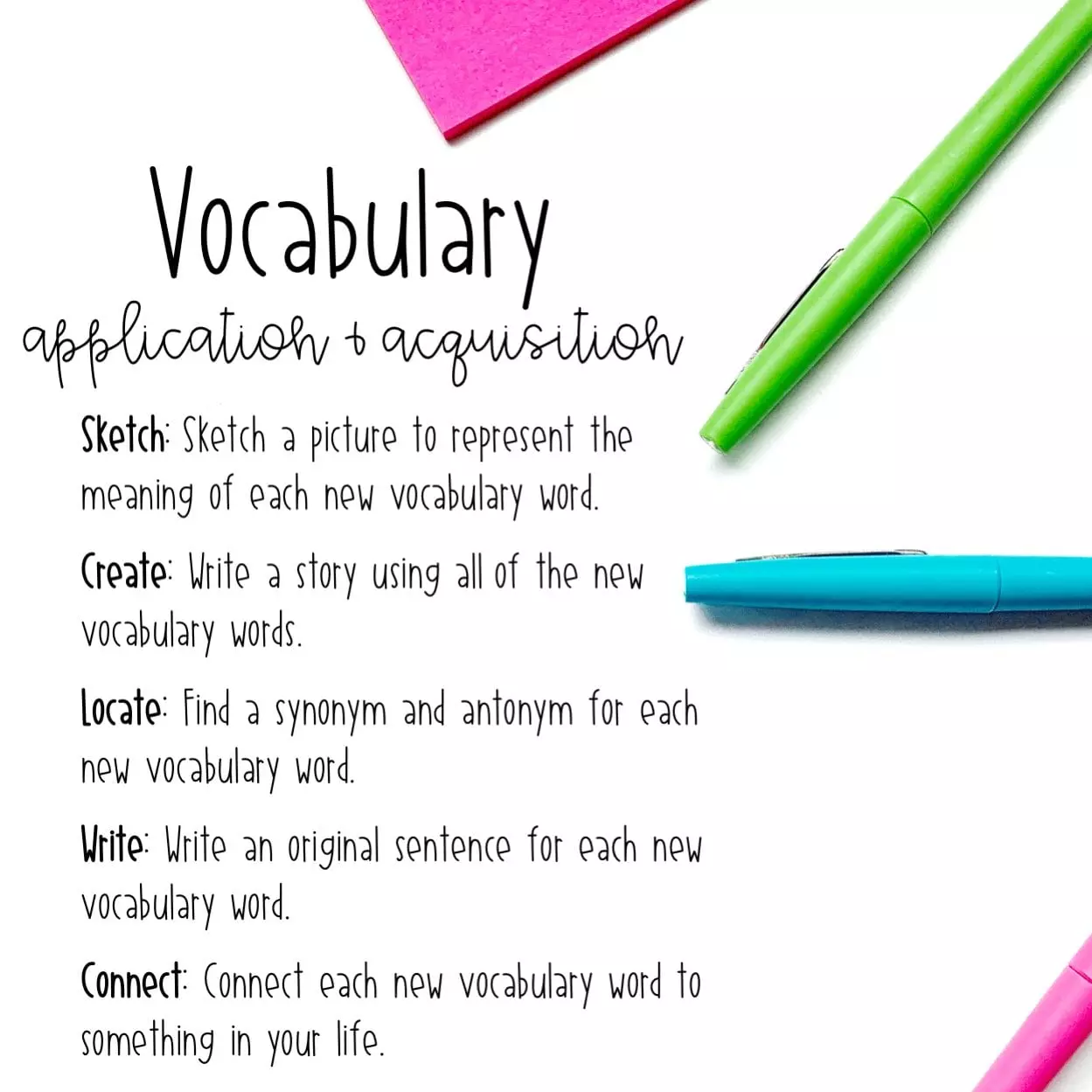
You can provide students with a printed template (as shown below) to record the definitions and complete the activity, or students can use their own paper. Requiring students to identify the new term in context, define each new term, and apply each new term in a variety of ways will work wonders for vocabulary integration.
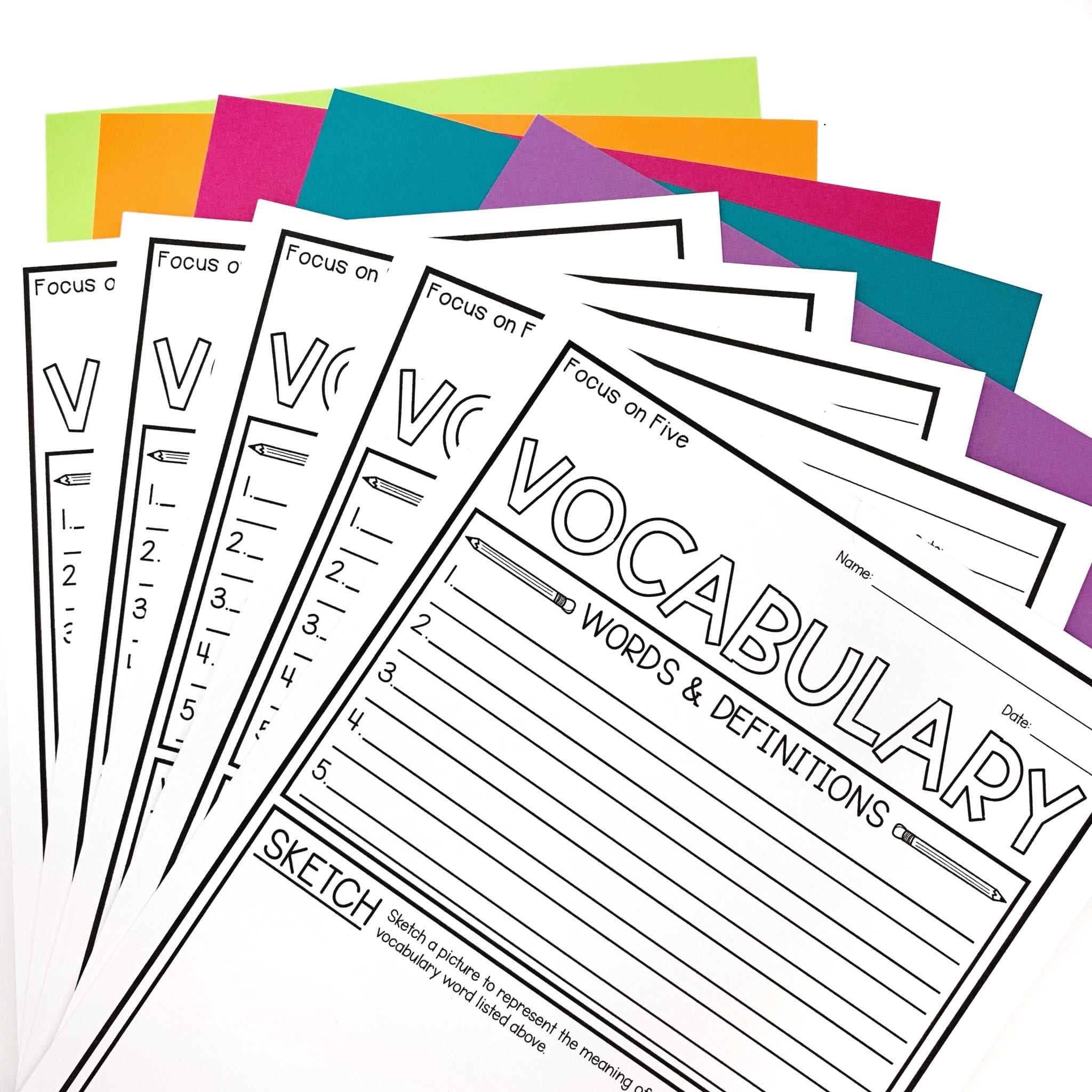
Assess
Requiring students to complete a short assessment is the final step for tackling academic vocabulary. When formulating an assessment, it is important to remember that knowing a word involves more than just reciting the definition. Students need to be able to show a working knowledge of the word’s meaning using application or analysis. Keeping that in mind, the overall goal and purpose of the assessment is to evaluate learning and identify students that may need additional instruction. The vocabulary assessment can stand on its own, or be embedded in a larger unit assessment.
Why reinvent the wheel? Click here to visit Literacy in Focus on TpT to download the bookmark, worksheets, & assessment.
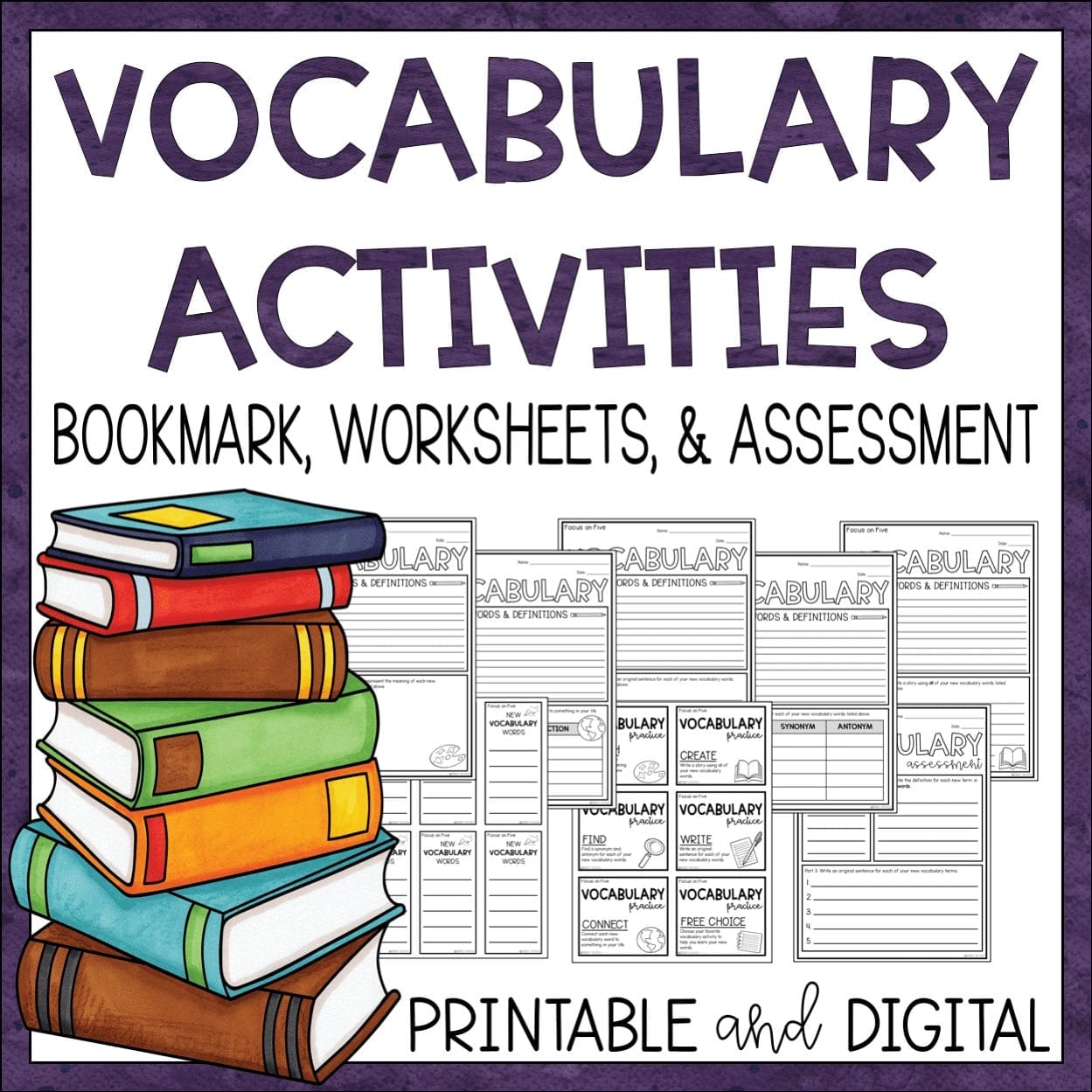
This step-by-step process for vocabulary analysis and acquisition can stand alone as an individual lesson or it can be embedded into something more elaborate. Using it as part of a close reading, for example, is something that might help scaffold instruction of a complex text. In any case, as you strive to provide your students with additional opportunities to connect with higher level texts, you can apply the three steps outlined above to help bridge the gap when it comes to academic vocabulary.
Click here to download EVERYTHING you need to implement the three step process outlined above!
